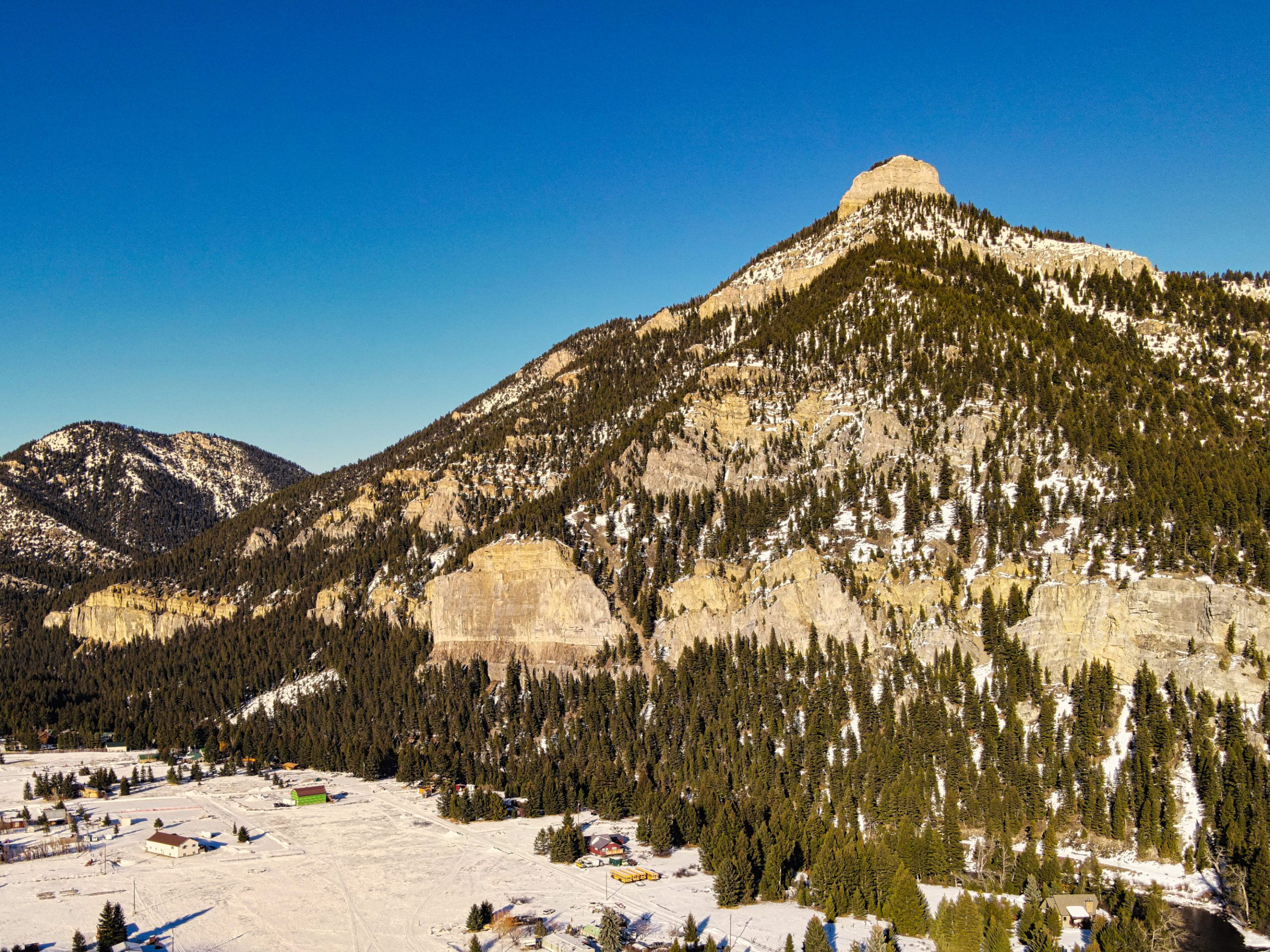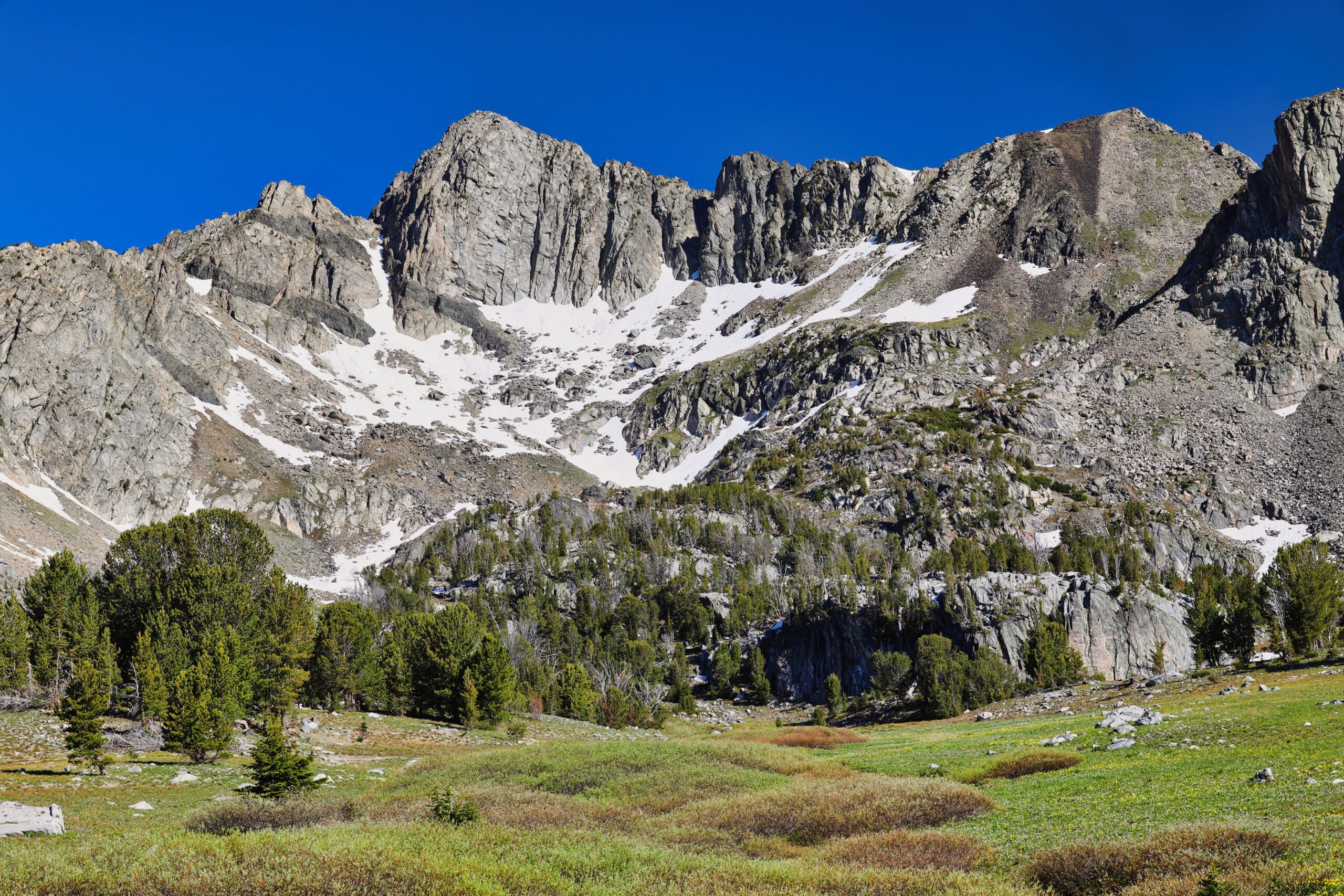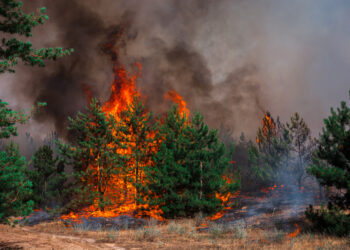Look for ancient igneous intrusions in popular rock faces like Storm Castle and Beehive Basin
By Paul Swenson EBS COLUMNIST
Driving U.S. Highway 191 between here and Bozeman is such a beautiful trip, at least between rush hours when you might get a brief moment to glance out the window at the surroundings rather than at the highway and other cars. My favorite scene is when Storm Castle comes into view at Beckman Flat, especially in the late afternoon sun when the rest of the canyon is in shade. The low angle sun highlights the sedimentary rock layers that can be seen from the river all the way to the top. But what is most fascinating is what appears in the big cliff just above the river: it is called a sill.

The limestone cliff seen in the photograph is called the Meagher Formation and is dated to be Cambrian in age, or about 520 to 445 million years old. This is the age of trilobites—their fossil remains can be found towards the top of this formation. The sill that runs across the lower third of the outcrop is composed of a 65-million-year-old igneous rock. This igneous event coincides with the emplacement of the Lone Mountain laccolith that was explained in an article from February 2023.
So what is a sill? It is a type of igneous intrusive rock. Remembering middle school science, igneous rock forms from melted rock called magma. There are many different types of intrusive shape classifications including dikes, laccoliths, batholiths, stocks and sills. Sills are defined to be tabular masses of igneous rocks that are intruded into, and parallel to, existing strata which can be observed in the photograph.
This sill is not the only one on Storm Castle. Hiking up the trail there are several other much smaller sills—dark colored, crystal-rich rocks will sparkle in the sunshine as you step over them. The rock type itself is called a hornblende andesite porphyry.
Hornblende is a black-colored mineral that usually shows elongated crystal growth with a hexagonal cross section. In the intrusions of Storm Castle, the crystals are up to two centimeters in length.
Andesite is a type of igneous rock that forms when magma melts through continental crust, becoming enriched in silica and depleted in magnesium and iron. They are usually found where magma from a subducting plate melting at depth rises through continental crust. As this process occurs, the magma exploits weakness in the surrounding rocks, like bedding surfaces in sedimentary rocks, as seen in the Storm Castle example.
As the magma intrudes the surrounding rock, called “country rock,” it changes its composition. This is due to the high temperature, chemistry and hydrothermal fluids that come into contact with the country rock. This change produces altered halos of new composition like marble or hornfels. The limestone cliff in the photo displays this halo as the 10-foot-thick, light-colored band of rock above the sill.
Another local example of igneous intrusions are the dark-colored streaks seen on the face of Beehive Peak and the large dark banding structures in the mountains surrounding the basin and over into Middle and Bear Basins. Since these intrusions happen in metamorphic rock and cross the predominate structures in the rock, they are classified as dikes.

The igneous intrusions of the Spanish Peaks are known as “metabasites.” These rocks were intruded at depth, probably five to 10 kilometers deep into the metamorphic rocks as basalt, then were changed from their original composition by heat and pressure at these depths.
They are 500 million years younger than the 2.2-billion-year-old metamorphic rocks that make up the core of the peaks. It is proposed that these dikes signify the accretion of smaller continental blocks that were sutured together during the early formation of the North American continent. Other evidence of this suturing event is a mylonite zone that passes through the middle of the Spanish Peaks—more detail can be found in an earlier article from January 2023.
I remember many times sitting at the pond in Beehive Basin where I’ve overheard people commenting on the dark streaks on the peak. So if you were one of them, now you know. Plus, you now have the opportunity to impress your visitors this year while skiing or driving the canyon with your “local knowledge.”
Paul Swenson has been living in and around the Big Sky area since 1966. He is a retired science teacher, fishing guide, Yellowstone guide and naturalist. Also an artist and photographer, Swenson focuses on the intricacies found in nature.













